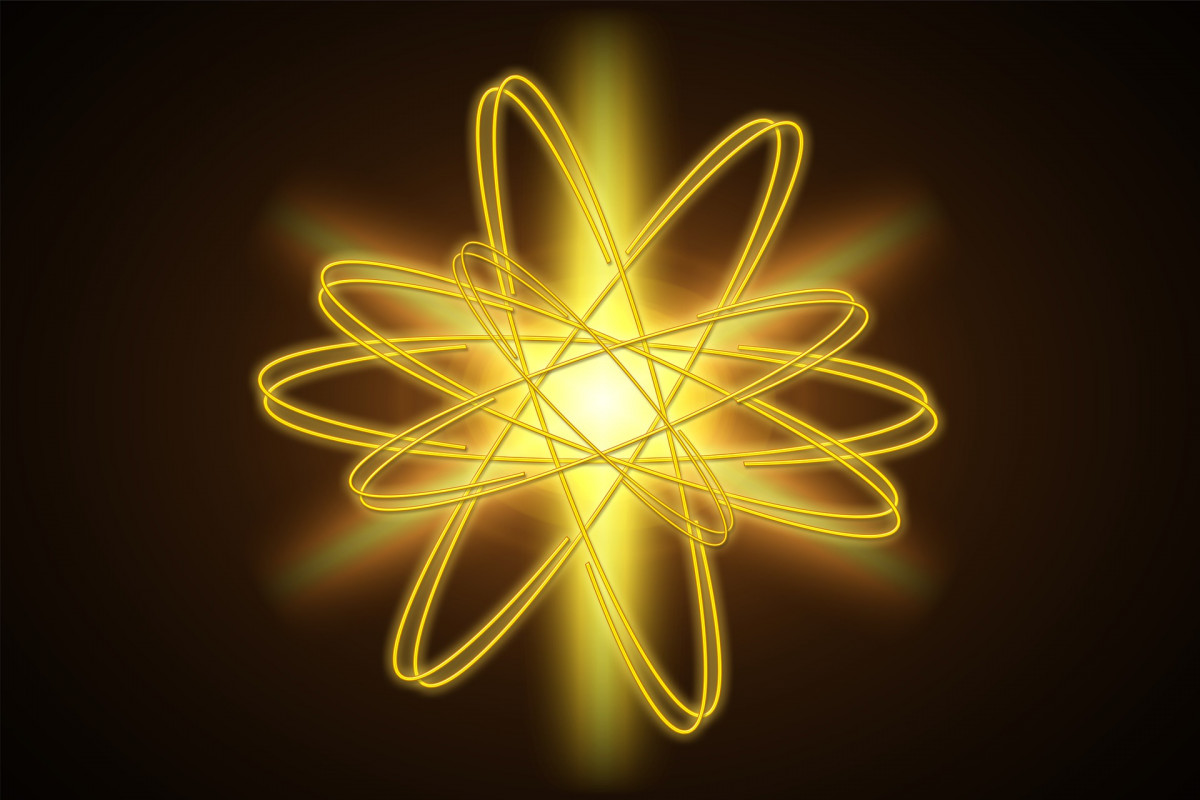The Hungarian contribution to fusion research has been significant and continues to be an important part of the global effort to develop fusion as a viable source of clean energy.
Hungary has a long history of involvement in fusion research, dating back to the 1950s when Hungarian physicist Dezső Lovász helped to develop the theory of fusion and the conditions needed for it to occur. Since then, Hungarian scientists have played a key role in the development of fusion technology, including the design and construction of some of the world’s most advanced fusion reactors.
One of the most notable contributions of Hungarian researchers to fusion research has been in the area of plasma physics, which is the study of the behavior of charged particles in a gas or plasma. Hungarian scientists have been at the forefront of developing advanced computational models and simulation tools that help to understand the complex dynamics of the plasma and predict how it will behave in a fusion reactor.
Another area where Hungarian researchers have made important contributions is in the development of materials for use in fusion reactors. Fusion reactions take place at extremely high temperatures, and the materials used in fusion reactors must be able to withstand these temperatures without degrading. Hungarian scientists have been involved in the development of a range of materials, including superconducting magnets and advanced ceramics, that can withstand the extreme conditions found in fusion reactors.
In addition to their work on plasma physics and materials, Hungarian researchers have also been involved in the design and construction of some of the world’s most advanced fusion reactors. For example, the Hungarian Academy of Sciences is a partner in the International Thermonuclear Experimental Reactor (ITER) project, which is building a massive experimental fusion reactor in France.
Overall, the Hungarian contribution to fusion research has been significant and continues to be an important part of the global effort to develop fusion as a clean and sustainable source of energy. With their expertise in plasma physics and materials science, Hungarian researchers are well-positioned to continue making important contributions to this field in the future.
– Virág Vida –

















